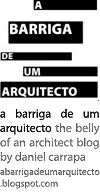HoCo – Density Housing Construction & Costs
Published Wednesday, August 5, 2009.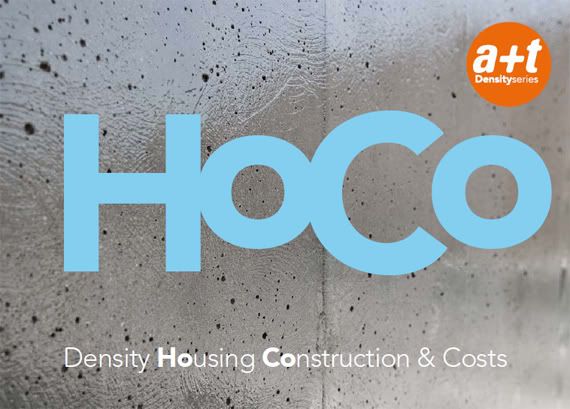
HoCo – Density Housing Construction & Costs is a new book from a+t architecture publishers.
The house building industry is the area of architectural production that’s more vulnerable to the effects of the economic crisis. It means that, all around the world, architectural studios are being downsized and construction companies are shutting down. Innovation is therefore needed not only to address the needs of contemporary life, merging the requirements of efficiency and environmental sustainability, but also to meet the demands for rational, budget-wise solutions to these new challenges.
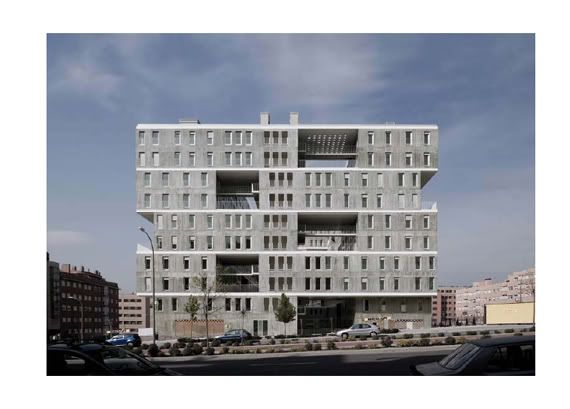
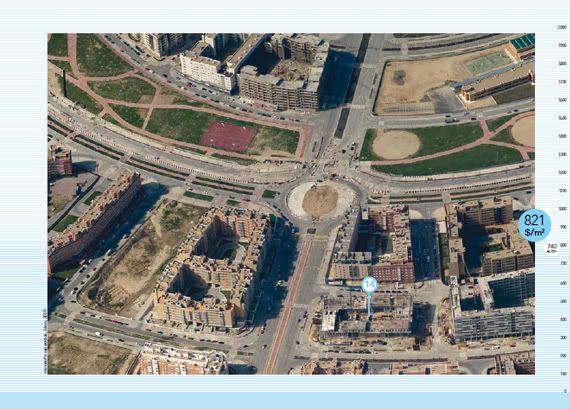
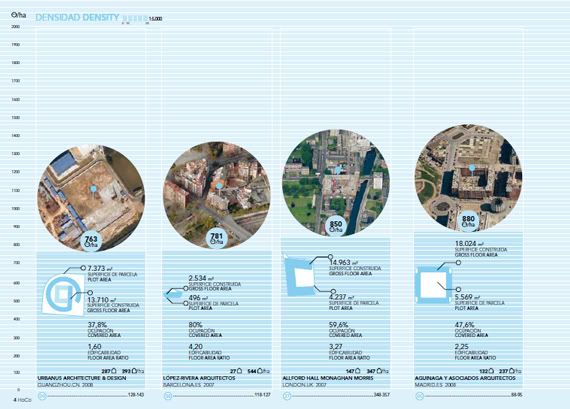
MVRDV: Celosia Residence, Madrid, Spain, 2009. Image credits: Ricardo Espinosa (photos).
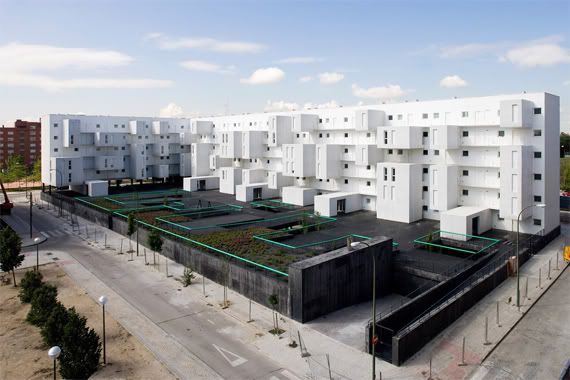
Dosmasuno Arquitectos: Carabanchel Housing, Madrid, Spain, 2007. Image credits: Miguel de Guzmán.
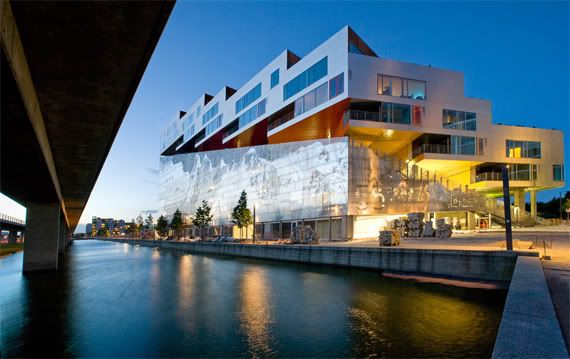
BIG+JDS: Mountain Dwellings, Copenhagen, Denmark, 2008. Image credits: Jens Lindhe.
HoCo – Density Housing Construction & Costs is a new book that gathers a wide selection of recently built housing projects. This is the third volume in a+t’s Density Series, presenting a comparative analysis of several key issues like urban insertion, dwelling capacity, promotion model (public or private) and, most interestingly, construction costs. Each project is featured with a comprehensive set of photos, drawings and building details that allow for a better understanding of the technical systems applied in its construction.
HoCo raises a debate on the issue of systematization within the construction industry. The building industry remains, to this day, a large-scale multi-disciplinary work of craftsmanship. But we now face the need to establish viable solutions regarding material design, energy efficiency and overall sustainability in architecture, and keep it on budget. Architects have to merge two opposing realities: the lean efficiency of industrialized production with the imaginative mind of a craftsman. This book presents an exemplary set of projects that reveal that creative spark, materializing atypical associations of components and design solutions to meet the finest results, and placing innovation, once again, at the heart of the architectural debate of our times.
Visit a+t architecture publishers for additional information on this book and other publications.
Beyond
Published Monday, August 3, 2009.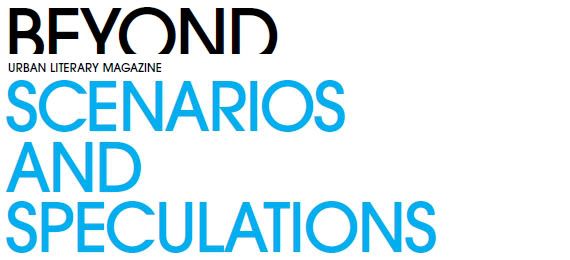
Beyond is a new book series devoted to the exploration of the boundaries between architecture, literature and visual arts. The first edition of Beyond, directed by Pedro Gadanho and suggestively subtitled Scenarios and Speculations, addresses our common uncertainties towards the future of the urban world through a series of prospective essays authored by European architectural writers.
Science fiction was always built upon the reality of its time. As the world changes, so does our imagination and our fears. The fiction of the modern world was dominated by the oppression of ideology and collective control. Huxley’s Brave New World is a powerful manifest against the menace of an absolute Utopia. Forty years later, George Lucas envisioned such a world in his first feature film. THX 1138 was released in the height of opposition to the Vietnam War and portrayed a dehumanized world where individual feelings and compulsions were suppressed, through drugs and indoctrination.
Interestingly, contemporary fiction is not so much about control as it is about the loss of control. The post-contemporary is a world of uncertainty, of spontaneous, uncontrollable phenomena. If we were once afraid of that which we expected, perhaps we are now more terrified of a future we cannot perceive in depth and scale.
The stories presented in Beyond range from near-fiction to the realm of pure conjecture. In his introductory article, Taken to Extremes, Pedro Gadanho speculates about the future of high-rise buildings under a declining economy: vertical megastructures become strongholds for the chosen few, surrounded by never-ending urban slums. A dystopian future that could pay tribute to the fictional works of William Gibson, Arthur C. Clarke, Philip K. Dick. A place where architecture may become the greatest social divide of mankind.
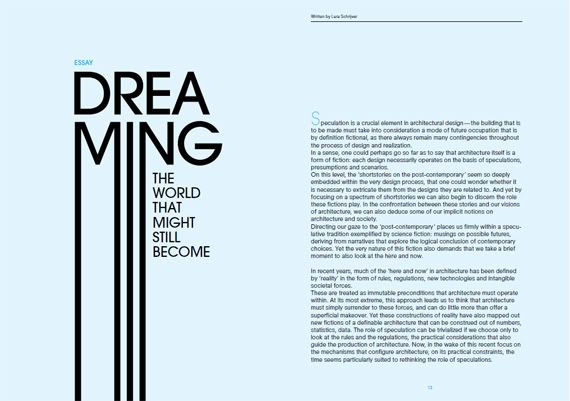
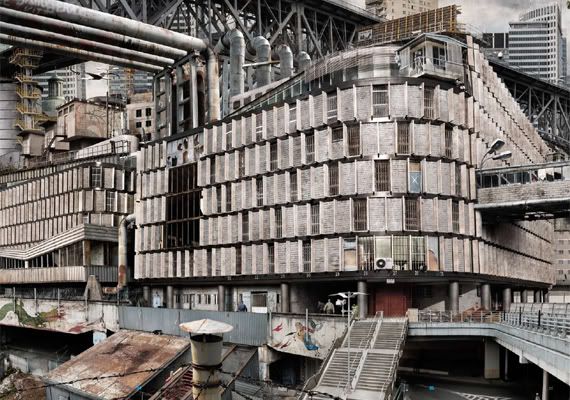
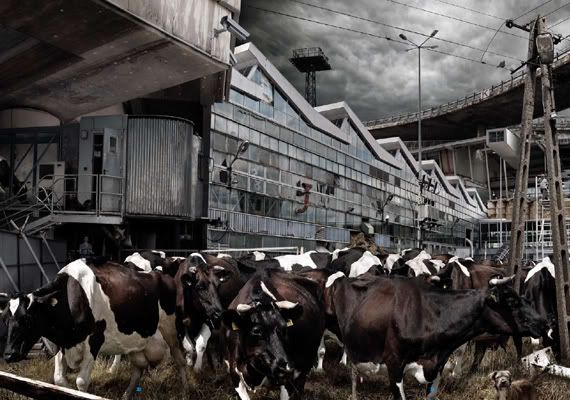
ENGLISH EDITION
The English-only edition of the blog A Barriga de um Arquitecto is no longer being updated. Please visit the main page to access new content, additional information and links.
ARCHIVES | ARQUIVO
September 2008 October 2008 November 2008 December 2008 January 2009 February 2009 March 2009 April 2009 May 2009 June 2009 July 2009 August 2009 September 2009 October 2009 November 2009 December 2009 January 2010 February 2010 March 2010 April 2010 May 2010 June 2010 July 2010 August 2010 November 2010 January 2011 February 2011 March 2011 June 2011 July 2011 October 2011 December 2011
